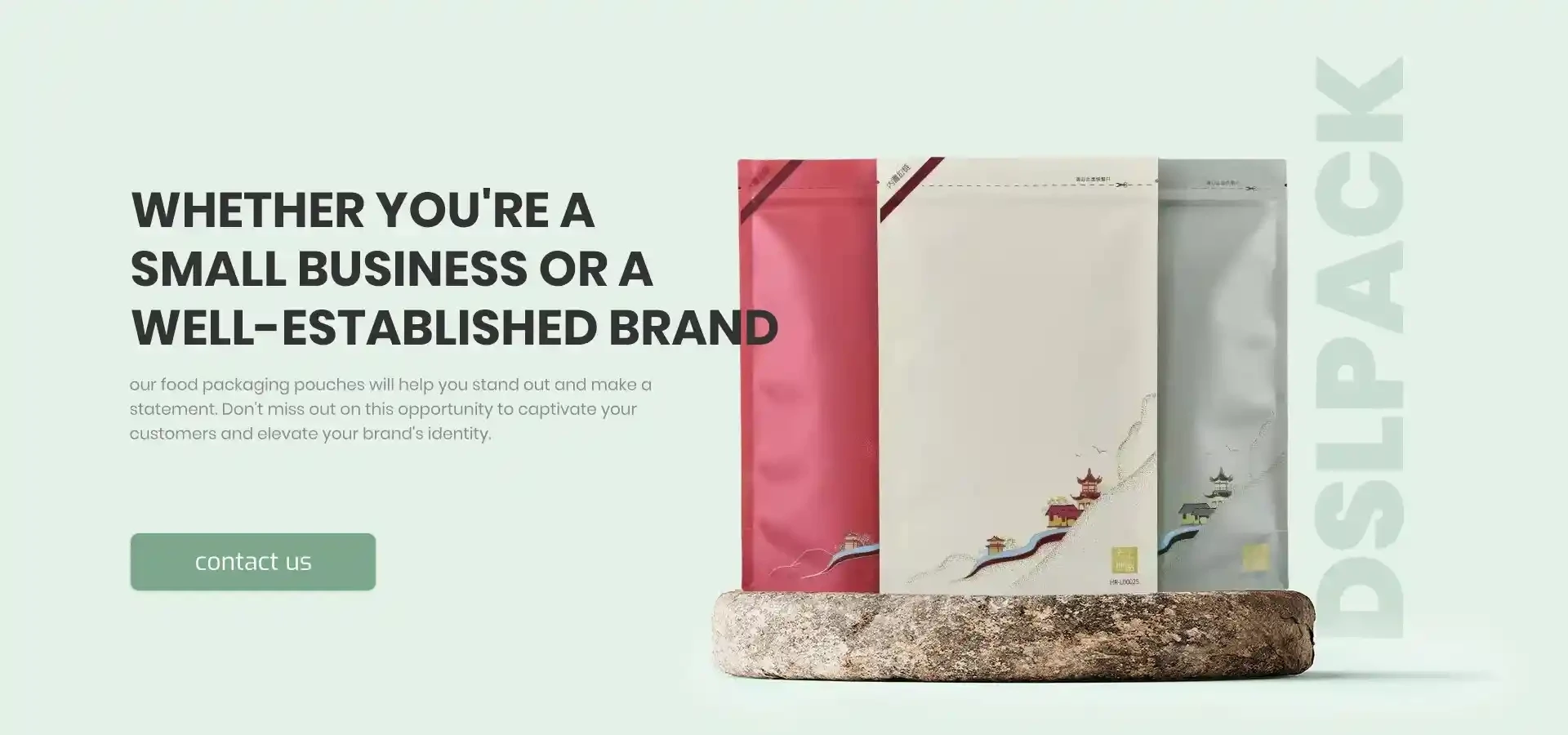- Afrikaans
- Albanian
- Amharic
- Arabic
- Armenian
- Azerbaijani
- Basque
- Belarusian
- Bengali
- Bosnian
- Bulgarian
- Catalan
- Cebuano
- chinese_simplified
- chinese_traditional
- Corsican
- Croatian
- Czech
- Danish
- Dutch
- English
- Esperanto
- Estonian
- Finnish
- French
- Frisian
- Galician
- Georgian
- German
- Greek
- Gujarati
- haitian_creole
- hausa
- hawaiian
- Hebrew
- Hindi
- Miao
- Hungarian
- Icelandic
- igbo
- Indonesian
- irish
- Italian
- Japanese
- Javanese
- Kannada
- kazakh
- Khmer
- Rwandese
- Korean
- Kurdish
- Kyrgyz
- Lao
- Latin
- Latvian
- Lithuanian
- Luxembourgish
- Macedonian
- Malgashi
- Malay
- Malayalam
- Maltese
- Maori
- Marathi
- Mongolian
- Myanmar
- Nepali
- Norwegian
- Norwegian
- Occitan
- Pashto
- Persian
- Polish
- Portuguese
- Punjabi
- Romanian
- Russian
- Samoan
- scottish-gaelic
- Serbian
- Sesotho
- Shona
- Sindhi
- Sinhala
- Slovak
- Slovenian
- Somali
- Spanish
- Sundanese
- Swahili
- Swedish
- Tagalog
- Tajik
- Tamil
- Tatar
- Telugu
- Thai
- Turkish
- Turkmen
- Ukrainian
- Urdu
- Uighur
- Uzbek
- Vietnamese
- Welsh
- Bantu
- Yiddish
- Yoruba
- Zulu
Understanding the Benefits of Oxygen Absorbers in Food Preservation and Packaging Techniques
Understanding Oxygen Absorbers The Key to Food Preservation
In our quest for food preservation, oxygen absorbers have emerged as an innovative solution to prolong the shelf life of various products. These small, often silica gel-like packets contain iron powder and are designed to remove oxygen from sealed packages, preventing the growth of aerobic bacteria, mold, and spoilage in food items. In this article, we explore the science behind oxygen absorbers, their applications, and their benefits.
The Science Behind Oxygen Absorbers
Oxygen absorbers work on a simple chemical principle. When placed in an airtight container, the iron powder within the absorber reacts with oxygen to form iron oxide. This reaction effectively consumes the available oxygen in the packaging, creating an anaerobic environment. Since oxygen is a vital component for the survival of many microorganisms, reducing its levels significantly hampers their growth and reproduction. This process not only extends the shelf life of food products but also helps maintain their flavor, aroma, and nutritional value.
Applications of Oxygen Absorbers
Oxygen absorbers are widely used across various sectors, primarily in the food industry. They are commonly found in packaging for dried fruits, jerky, nuts, and other perishable items. Additionally, they are gaining popularity in the preservation of grains and rice, as these items are particularly susceptible to insect infestations and oxidation.
Beyond the food industry, oxygen absorbers are also employed in the pharmaceutical sector to protect sensitive medications and supplements from degradation caused by exposure to oxygen and moisture. Moreover, they find use in the packaging of electronic devices and other products that require protection from corrosion due to oxygen exposure.
Benefits of Using Oxygen Absorbers
oxygen obsorber

1. Extended Shelf Life One of the most significant advantages of using oxygen absorbers is the extension of shelf life. By eliminating oxygen from the packaging, the growth of spoilage-causing microorganisms is inhibited, allowing products to stay fresh for much longer.
2. Maintaining Quality Oxygen can adversely affect the flavor, color, and nutritional content of foods. Oxygen absorbers help retain these qualities, ensuring that food products remain appealing and nutritious until they are consumed.
3. Cost-Effective Solution By reducing spoilage and waste, oxygen absorbers provide a cost-effective way for businesses to manage inventory. Longer shelf life means less frequent repurchasing, ultimately leading to savings.
4. Eco-Friendly Option With increased awareness of environmental issues, more companies are seeking sustainable solutions. Oxygen absorbers are typically made from non-toxic materials and can be considered a more environmentally friendly option compared to chemical preservatives.
5. Convenience Oxygen absorbers are easy to use and can be integrated into various packaging systems without requiring significant changes in processing or manufacturing. They are widely available and come in different sizes to accommodate a wide range of food products.
Conclusion
Oxygen absorbers represent a significant advancement in food preservation technology. Their ability to create an oxygen-free environment not only prolongs the shelf life of various food items but also maintains their quality and nutritional value. As industries continue to seek out effective and sustainable methods for preserving products, the role of oxygen absorbers is poised to grow. For consumers, the use of oxygen absorbers in packaging ensures that the foods they purchase remain fresh and flavorful for an extended period, enhancing their overall eating experience. By understanding and leveraging the benefits of oxygen absorbers, we can make smarter choices about food preservation and safety.













